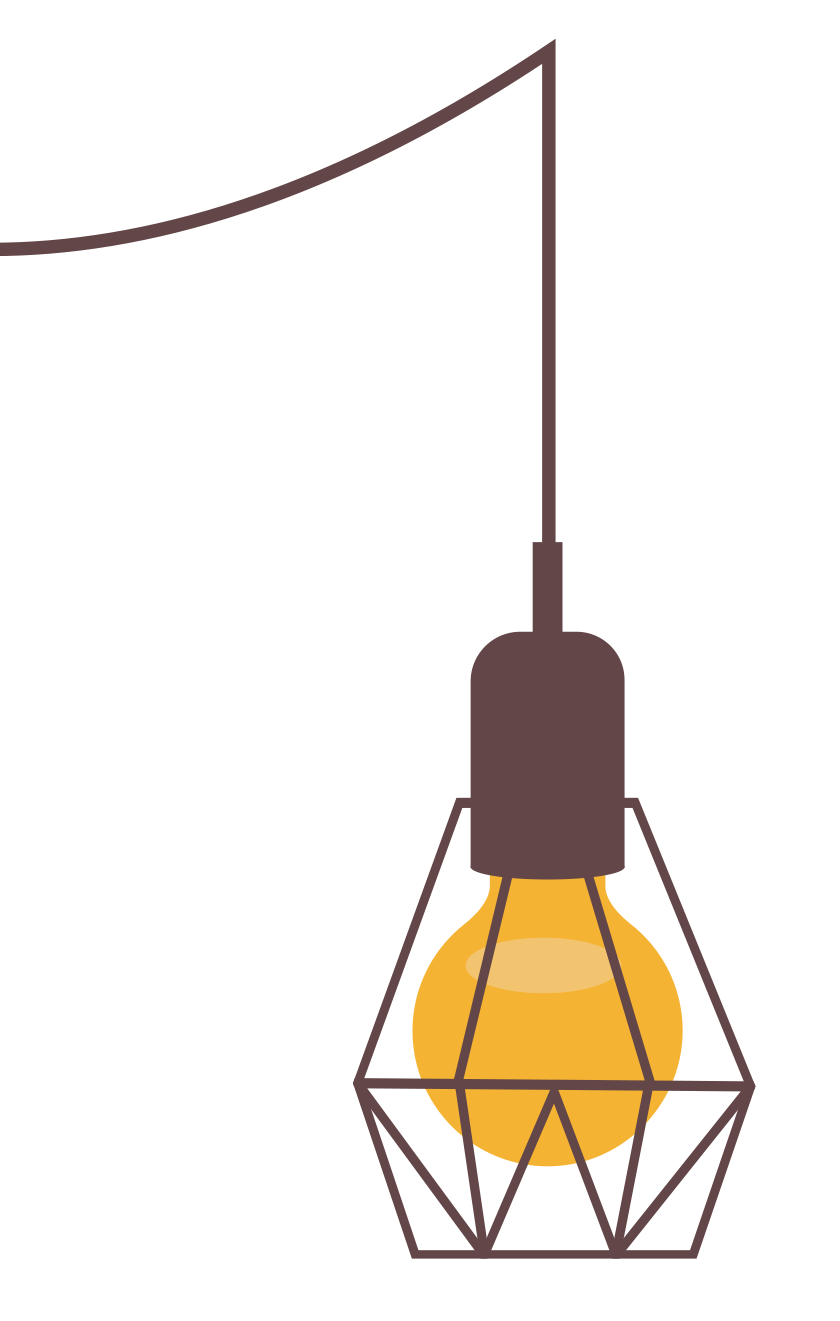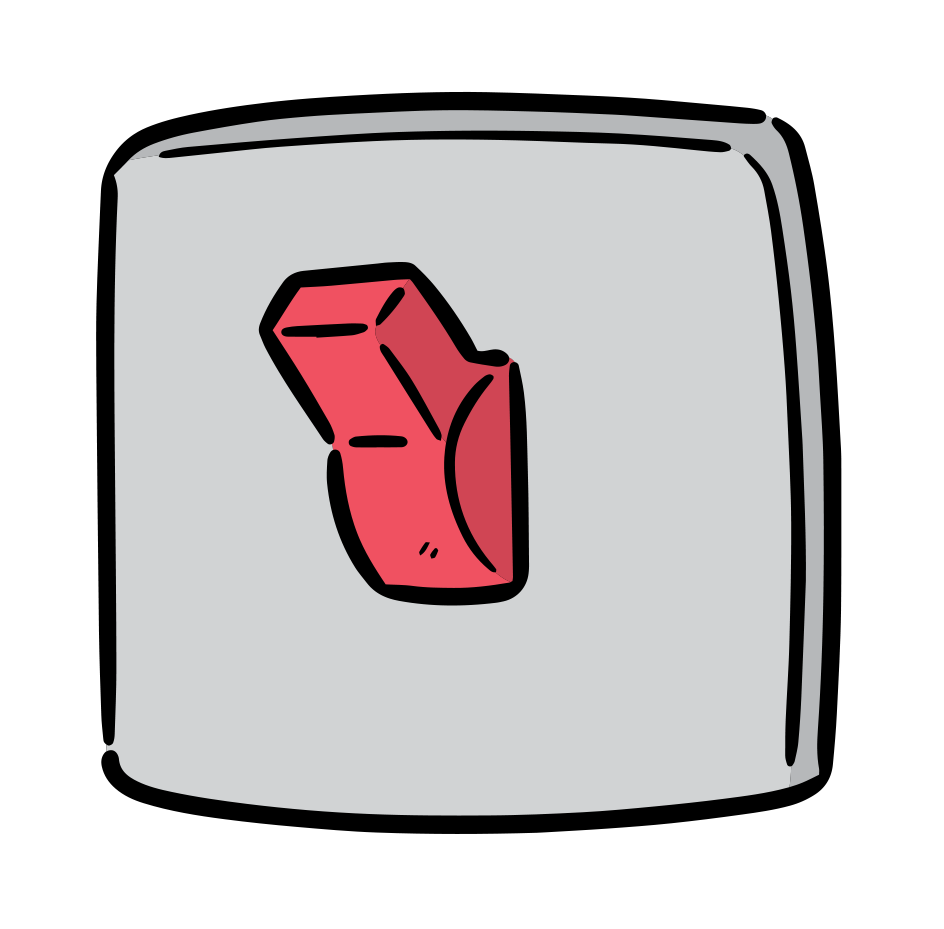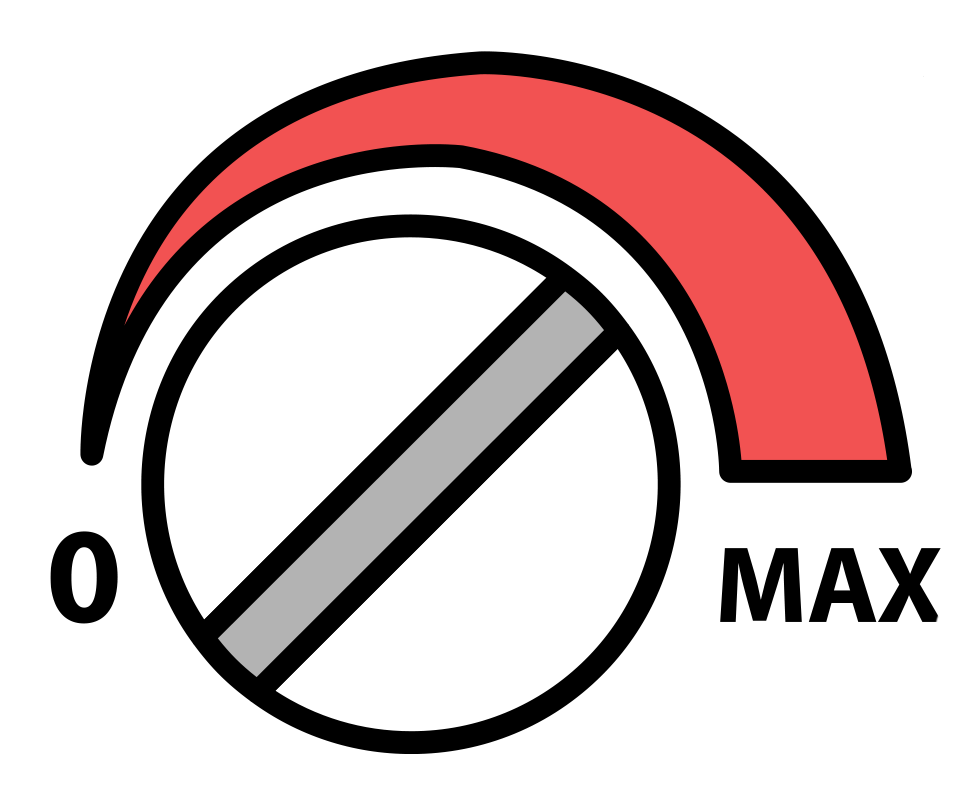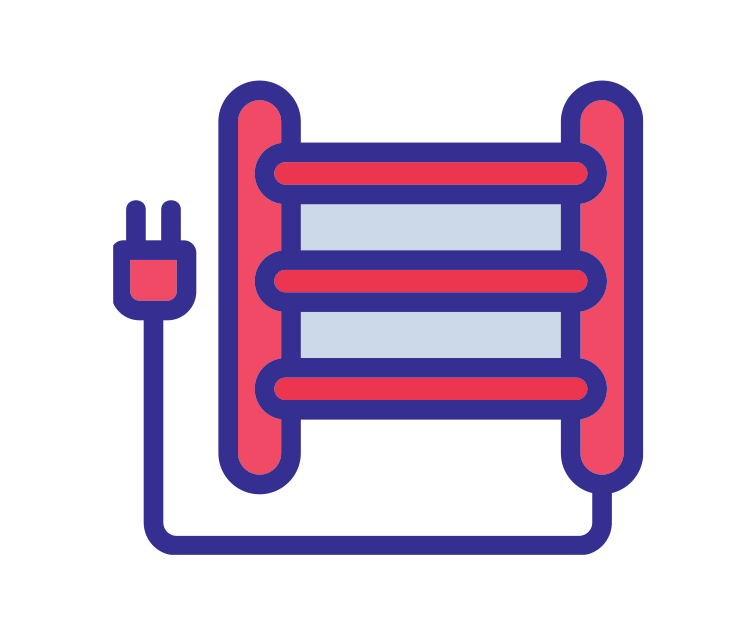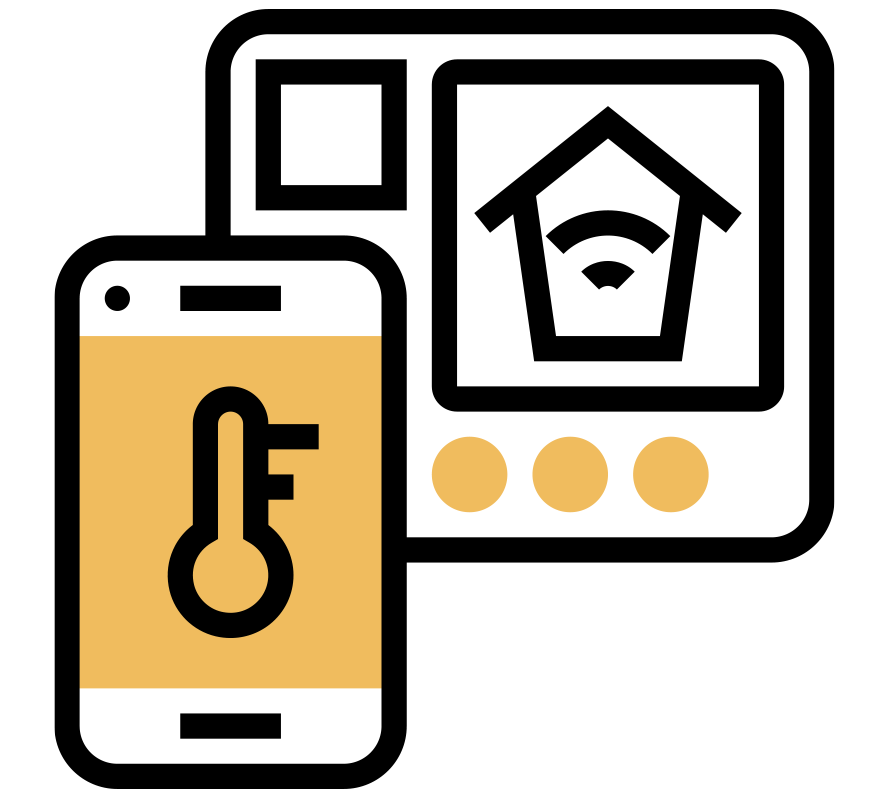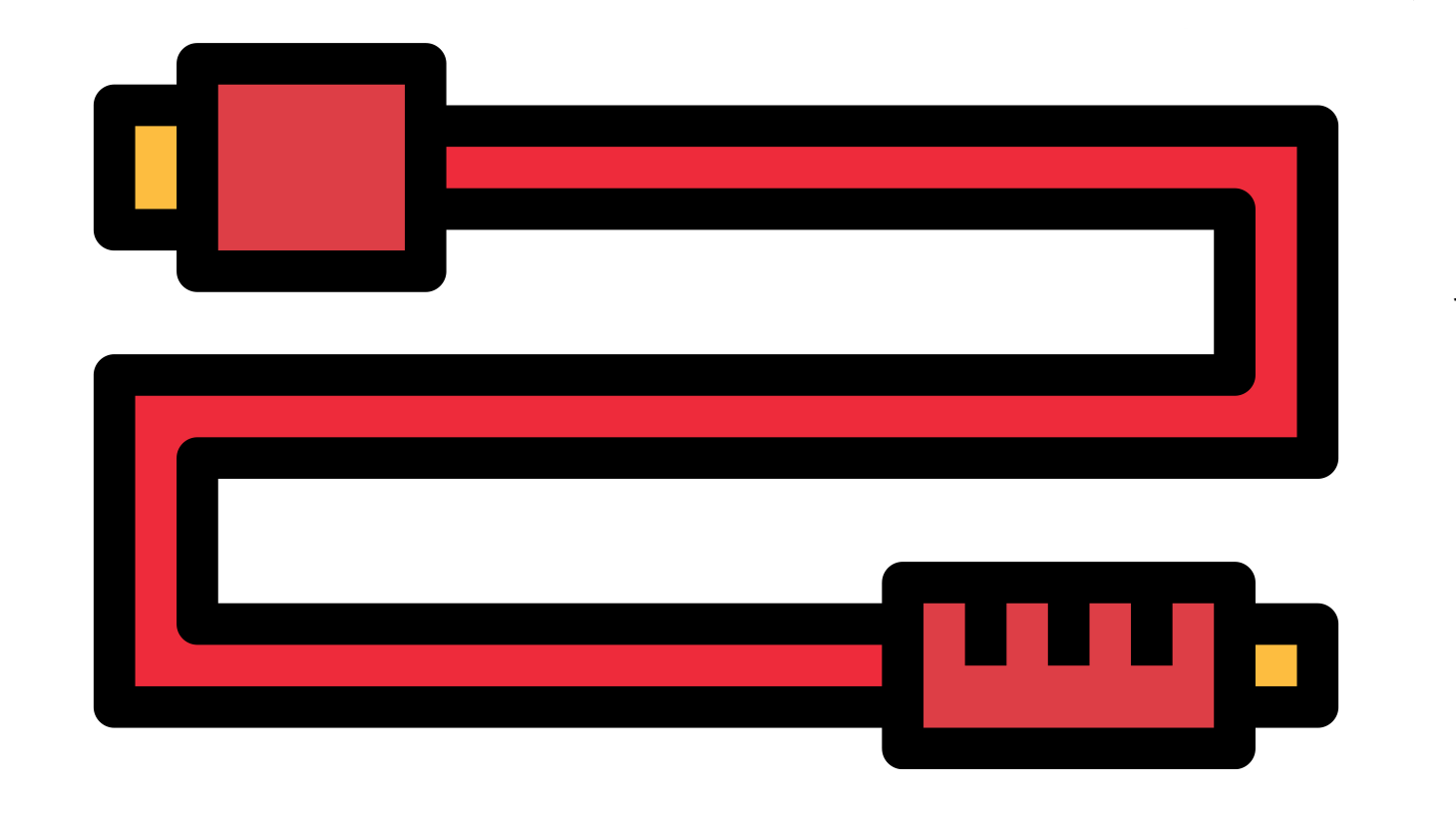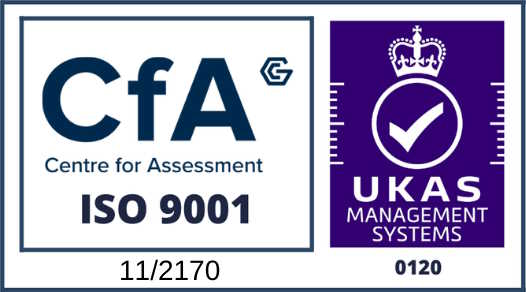Homeowner's Guide to Electric Heating
SIMPLE SOLUTION OR EXPENSIVE BURDEN?
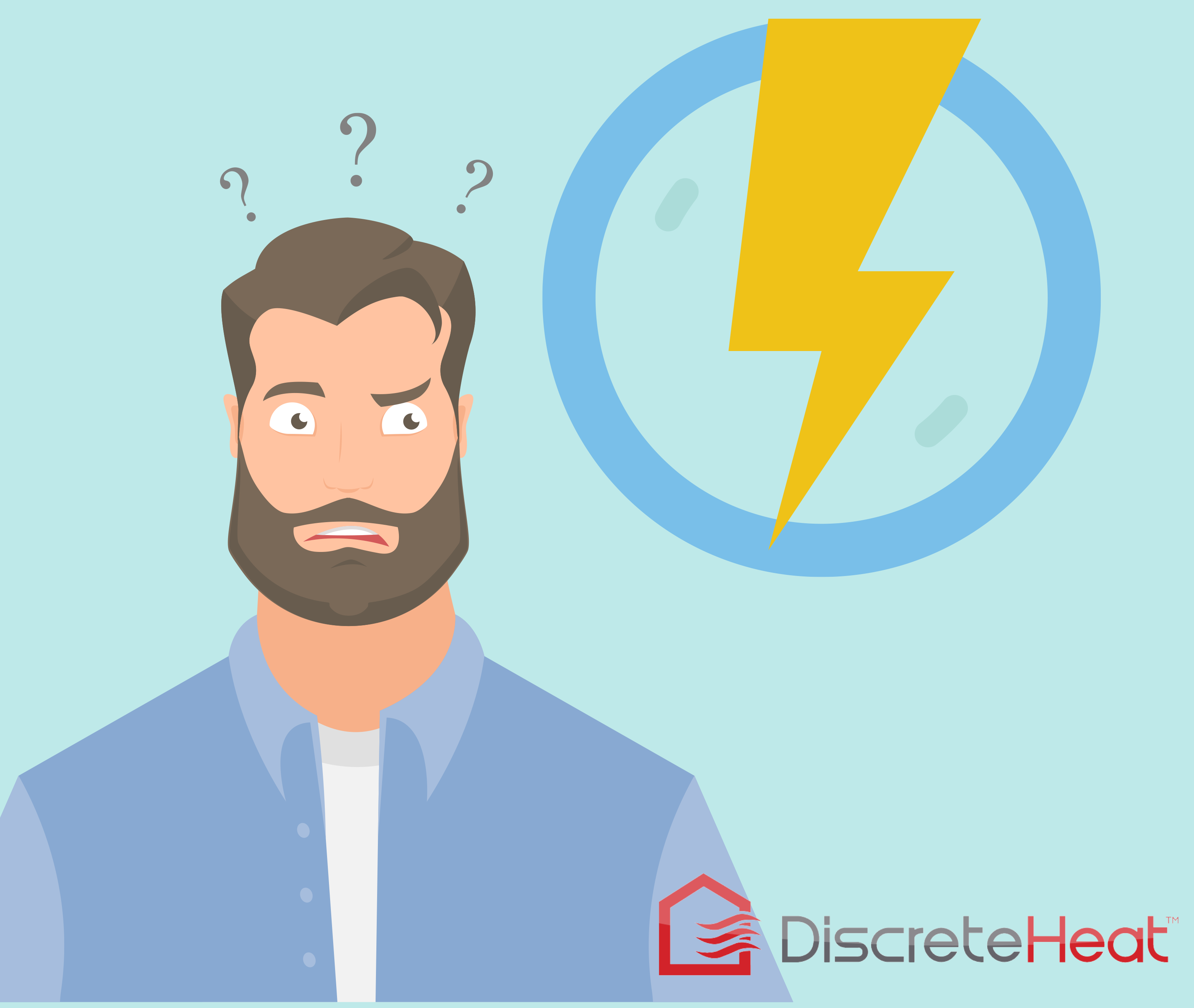
What is Electric Heating?
ENERGY OF THE FUTURE, OR CASH BURNER?
Simple or stupid question? Well, there are several forms of electric heating, but they all use mains electric to directly heat the occupied space. This does not include Heat Pumps, which despite using electricity as the prime motive force, are in fact intermediate devices capturing heat from the environment (air, ground or water) and then using the compression and decompression of a refrigerant gas to heat a tank of hot water. Please see our Owners Guide to Heat Pumps for further information.
You flick the switch and it comes on, right?
Electric Heaters convert electrical energy into heat energy by using the electrical resistance of the heating element as the physical mechanism. The electrical resistance is such that electricity can pass through the material, but in a way that it causes the molecules to vibrate violently at an atomic level which manifests itself as heat.
Remember; if the resistance is too high, then electricity cannot pass through it at all, and the material would be considered an insulator (such as plastic or wood) which would make it useless for heating. If the resistance is very low (such as aluminium or copper) then the electrical current passes through easily with no disturbance of the molecules and thus no heat either. So there is a balance to be struck.

The heating element may take different forms and use different materials, but they all use a level of electrical resistance to create heat. If you recall the Tungsten Light bulb (remember them?) the wire filament had such high resistance but such small size that when electricity was passed through it, it glowed white hot. Hot enough to emit light, but if you ever removed one shortly after turning it off, you will recall the incredible heat they produced. A 100w bulb would create around 8w of visible light and 92W of heat, hence the drive to adopt LED lighting technology that creates virtually no heat, just light..
Which System is most Efficient?
KEEP THE COSTS OF GOING ALL ELECTRIC DOWN...
All electric heaters are considered to be 100% efficient; that is that if they consume 1kw of electrical energy they are considered to emit 1kw of heat energy. Be cautious of companies claiming that they can save ‘50/70/80%’ of your energy bills by installing their electric heaters compared to another. Heat distribution and convection currents can affect the comfort levels and thus alter the amount of energy consumed (you feel comfortable with the thermostat at a lower setting for example), but they can never create more energy than they consume.

BEWARE OF CLICK-BAIT PHRASES SUCH AS GRAPHENE, OR THERMAL CORE
Graphene has a very low resistance so it is unclear how that can help generate heat (perhaps used as the radiating surface but at what cost?) and thermal core is just another way of saying clay or cement for storage heating
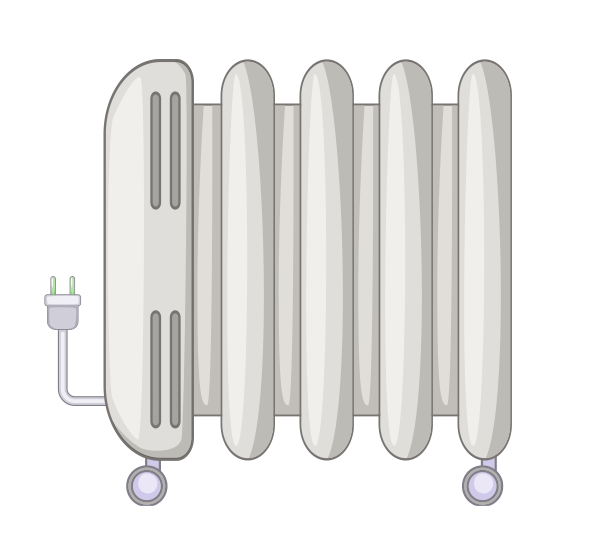
ELECTRIC RADIATORS
Usually contain an oil or occasionally water/glycol liquid and a sealed heating element. The element heats up the liquid and the natural circulation currents that are created heat the whole surface of the radiator
PANEL HEATERS
Common in apartments, they are a wall mounted ‘convector’ in that they have a grille and rely on air movement to transfer the heat into the room. Inside is a heating element that heats the air around it, and the air rises and out into the room. Sometimes they are fan assisted
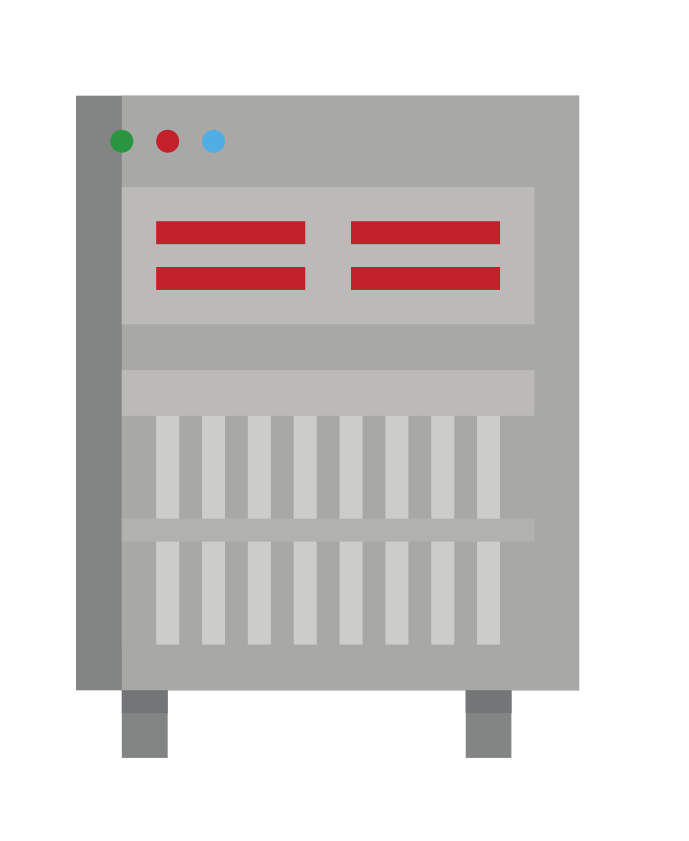
Which System Continued...
RADIANT PANELS
These use an electric element that then heats the surface of the panel and the panel then radiates the heat into the room. These can be ceiling or wall mounted, and often run very hot to the touch in order to produce enough heat to heat the room

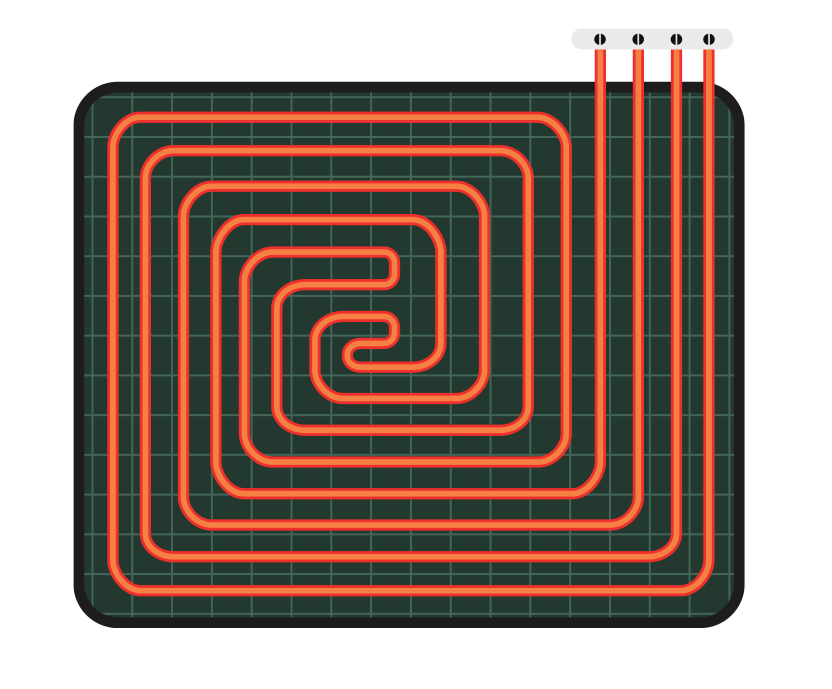
UNDERFLOOR HEATING
Uses a film or a cable heating element to heat the floor surface. Very often Low voltage for bathrooms and kitchens, they rely on a large surface area at low temperature to provide enough heat. Ideal under tiles, it is less effective under wood, laminate or carpet.
SKIRTING BOARD HEATING
A cross between a radiant panel, underfloor heating and a skirting board they usually operate at normal radiator temperatures and rely on the greater surface area and perimeter radiation at low level to evenly distribute the heat around the room. Low Surface Temperature versions are available for healthcare applications...
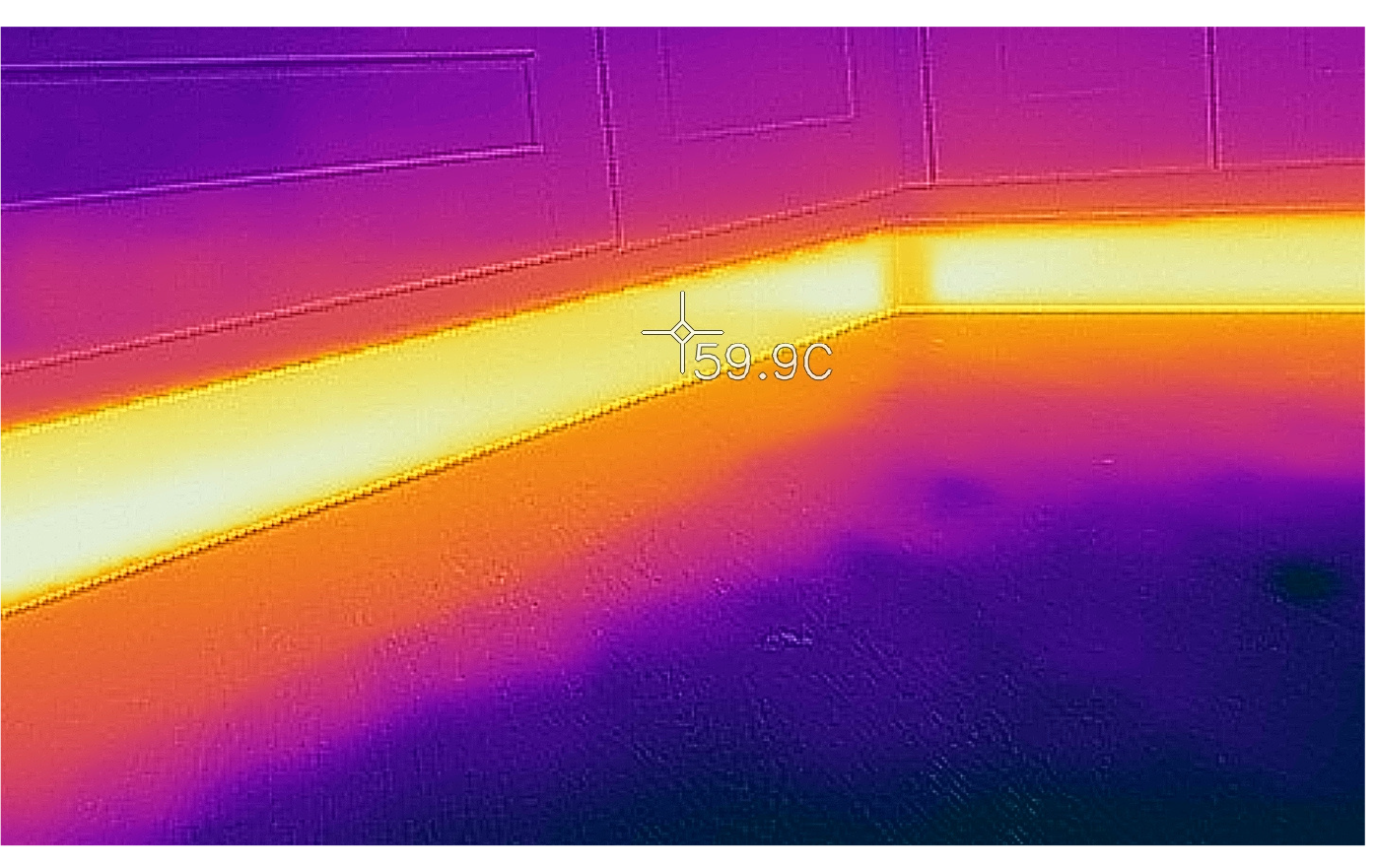
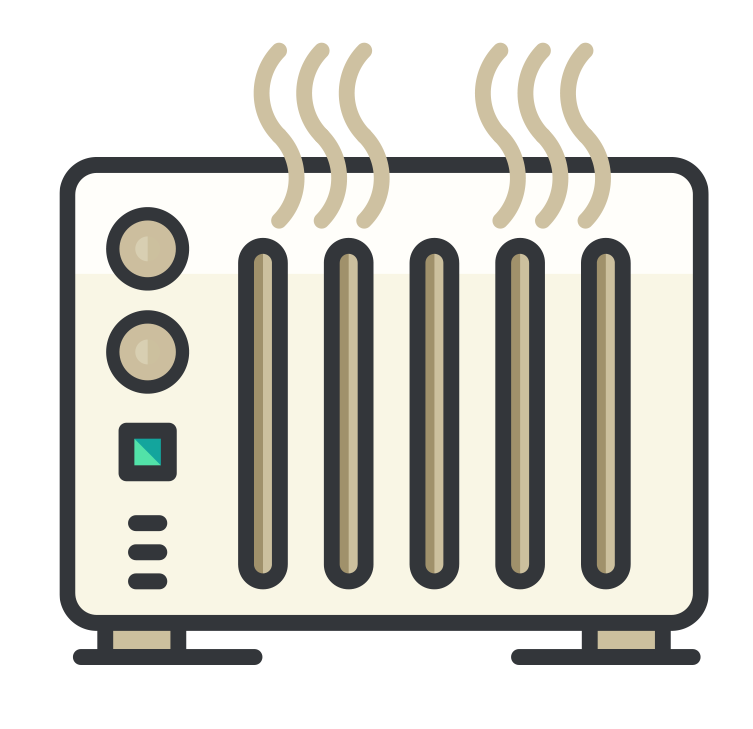
STORAGE HEATERS
These utilise a storage medium, usually clay or concrete aggregate to absorb heat from a heating element, which can then be released at a later time. Ostensibly to save running costs by utilising off-peak energy, they have fallen out of favour as they are large and heavy and very often the stored heat is not required and thus is effectively wasted as it leaks away over the following 24/48 hours.
Which System Should I Choose?
HOW TO MAKE THE DECISION RIGHT FOR YOU....
Ultimately this is a personal choice, depending on a number of factors which are important to you;
1. Budget/cost. Wall mounted panel heaters are far and away the cheapest option. Not always the most attractive form of heating, they also can create dust marks on the walls as they draw cold air in from the floor and expel it out through grilles or vents at the top.

2. Aesthetics. Radiant panels or skirting heaters can be disguised either as pictures or mirrors, or as an architectural feature such as a skirting board. UFH is completely hidden, and like skirting heating, frees up valuable wall and floor space
3. Comfort. Radiant heat that does not rely on convection currents (air movement) create a more even ambient temperature that improves comfort and thus may help to reduce energy usage. Radiant heat can be provided by radiant panels, skirting heating (without the grilles or slots) or underfloor heating.
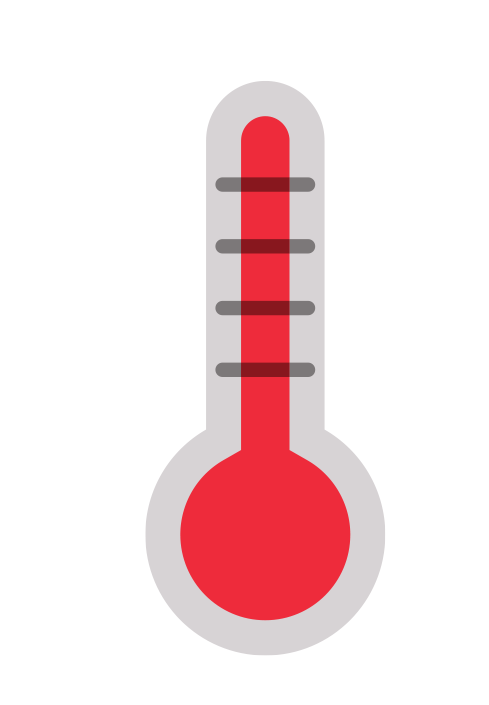
4. Application. A towel radiator for example in a bathroom or ensuite is the best form of heating for these smaller spaces as they offer more than just heating but a way to dry towels and clothes in a well ventilated space.
5. Practical. Installing underfloor heating in an existing property can be difficult without major disturbance to floors and flooring. Panel heaters, electric radiators and skirting heating are ‘above ground’ or wall mounted and so are the easiest to retrofit into existing spaces.

6. Response times and controllability. Panel heaters, radiators and skirting heating are very controllable and provide almost an instant source of heat making them easier to use economically. Storage heaters or emitters that might take a while to warm up such as underfloor heating may not be able to closely match their output to the comfort demands of the occupant and as such may be more expensive to run.
What does the Future Hold?
SAP10, FUTURE HOMES STANDARD & CO2 EMISSIONS
In 2022, the long awaited revision to SAP (Standard Assessment Procedure) and the Future Homes Standard will (should?) be published. The principle difference will be the treatment of direct electric heating and its contribution to CO2 emissions. Previously, electric heating carried a penalty, due to the reliance of the energy grid on fossil fuels to generate the electricity.
HOW HAVE RENEWABLES EFFECTED THINGS?
The above penalty has been swept away by the
proliferation of renewable energy in power generation
including solar and wind energy.
As a result, direct electric heating is now more
acceptable, and even preferable in some circumstances
to gas boilers. The Department for Business Energy &
Industrial Strategy has recognised that decarbonising
the grid impacts positively at a stroke on more
properties than replacing gas boilers one at a time
across the UK
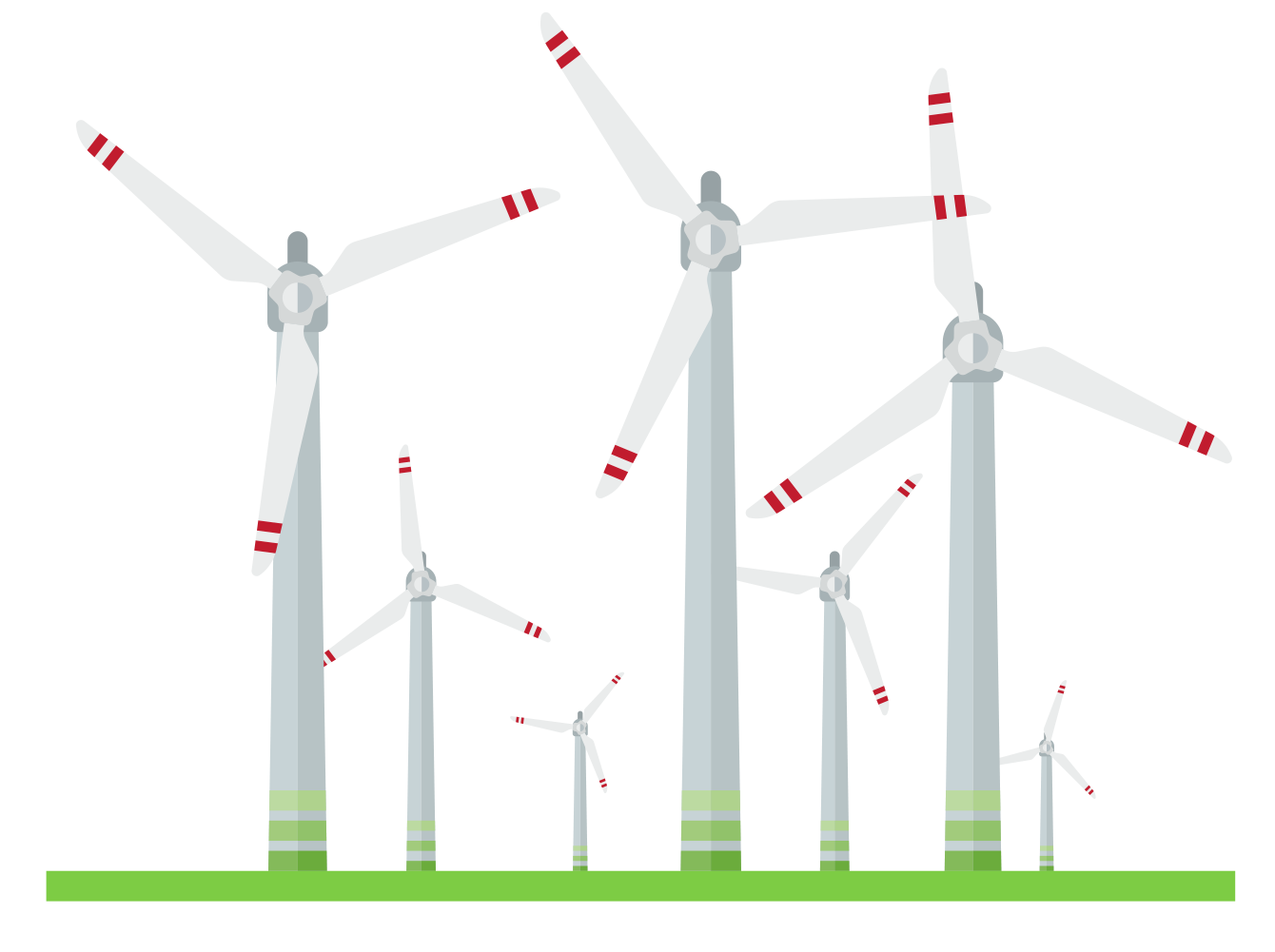
The grid is now greener, and as a result the CO2 impacts of electric heating has dropped

WHAT ABOUT THE COSTS?
Whilst Electrical energy is still 4~5 times the cost per KWh than mains gas, it is still much more expensive to heat a home with direct electric than say a gas boiler or indeed a heat pump. However, for smaller, well built, and well insulated properties, this could be 4~5 x ‘not much’ and so acceptable given the offset of other costs such as repairs and maintenance of a boiler or heat pump, which is the same whatever the size of the property.
Do Controls Make A Difference?
LOT 20, WIFI ENABLES, OCCUPANCY DETECTION AND MORE....
Since January 2018, fixed electrical heaters (there are different requirements for portable appliances and those under 250W output) have had to comply with LOT 20 control requirements.

Because electrical energy is so expensive compared to mains gas for heating, it became a European Directive that electrical heaters must conserve energy wherever possible to avoid homes suffering from fuel poverty. Even after Brexit, there is no appetite to repeal the legislation so it is something you should be aware of.
Simple dial thermostats with an ON-OFF and temperature function
are no longer acceptable and the controls should include additional
features to help minimise energy usage.
Some panel and storage heaters will have the LOT20 controls built
in (check if purchasing from a website or private seller) whereas
underfloor and skirting heating will require the thermostat that
controls them to be LOT20 compliant.

External or wall mounted LOT20 thermostats will include such features (as well as the mandatory 7 day time and temperature programming) as algorithm learning (so it knows the characteristics and heat up times of your room) open window or door detection, distance or presence sensing (so it knows when you are on your way home or indeed not in the property) amongst others.
TOP TIP: it is often better to have an accurate, easy to program and operate room thermostat than a highly complicated smart device that needs a PHD to understand, if you are to get the best out of your electric heating.

Check with your provider if the control system is LOT20 compliant which can ensure you get the best possible use of your energy
Are my Electrics Good Enough?
HOW DO YOU KNOW THAT YOUR SYSTEM IS UP TO THE JOB?
Fixed electrical appliance should have their own ring main circuit rather than be plugged into a socket outlet.
Overloading your socket circuit may damage the wiring (and possibly start a fire) so it is important that electrical heating circuits have their own circuit and breaker
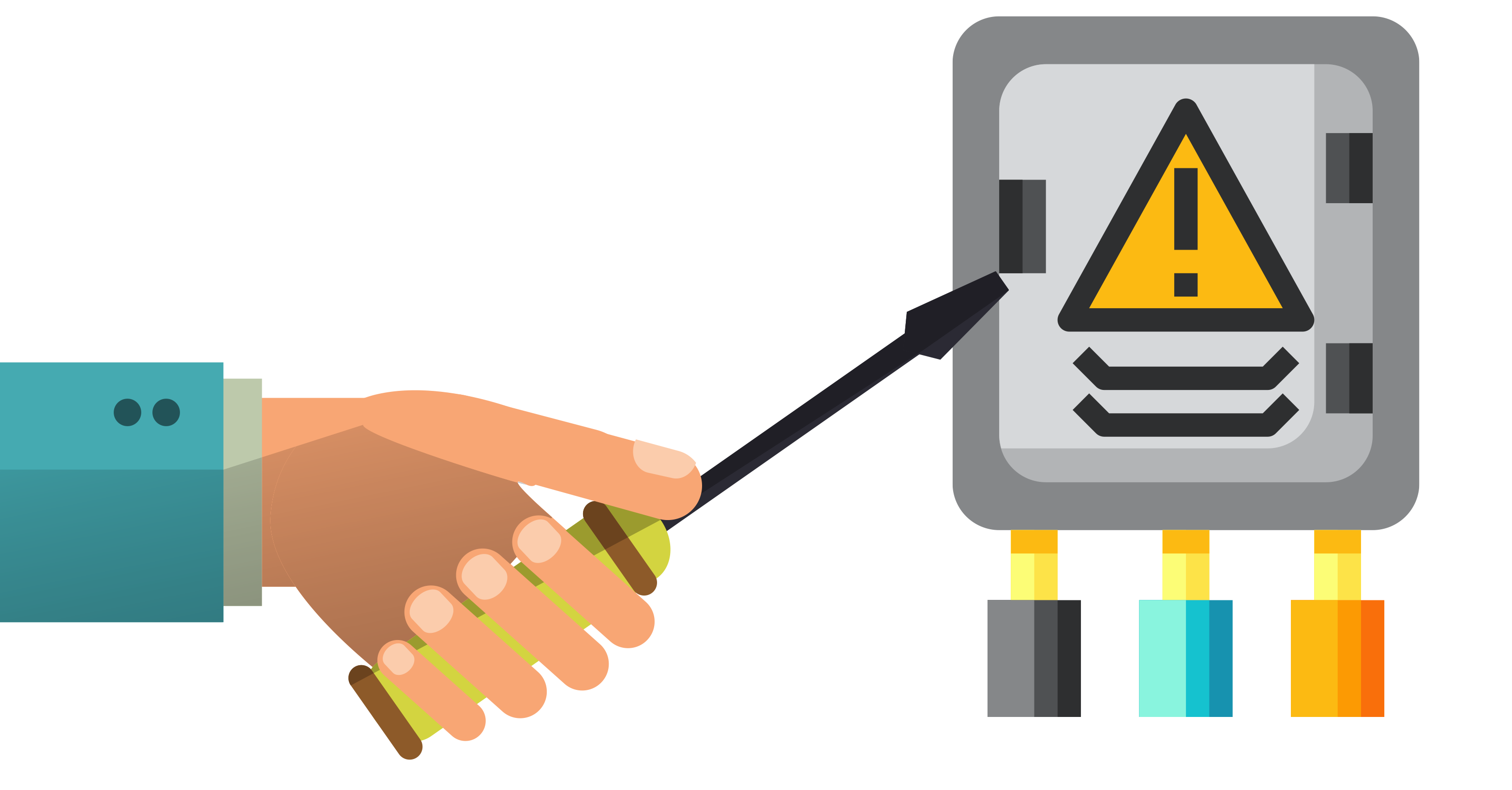
If you already have electrical heating appliances, then most likely these will already be on their own circuit (you can check at the consumer unit/fuse box) and so retrofitting new appliances should be relatively straight forward.
Check the manufacturers guidelines, but in general a TYPE C MCB or RCBO is recommended (20 or 32A) to avoid nuisance tripping on start up. Type C breakers tend to be more forgiving when more than one heater is turned on simultaneously especially in cold weather.

32A Type C RCBO is recommended for your ThermaSkirt Heating Circuit
Fire Safety
HEALTHY AND SAFETY CONSIDERATIONS ARE ESSENTIAL
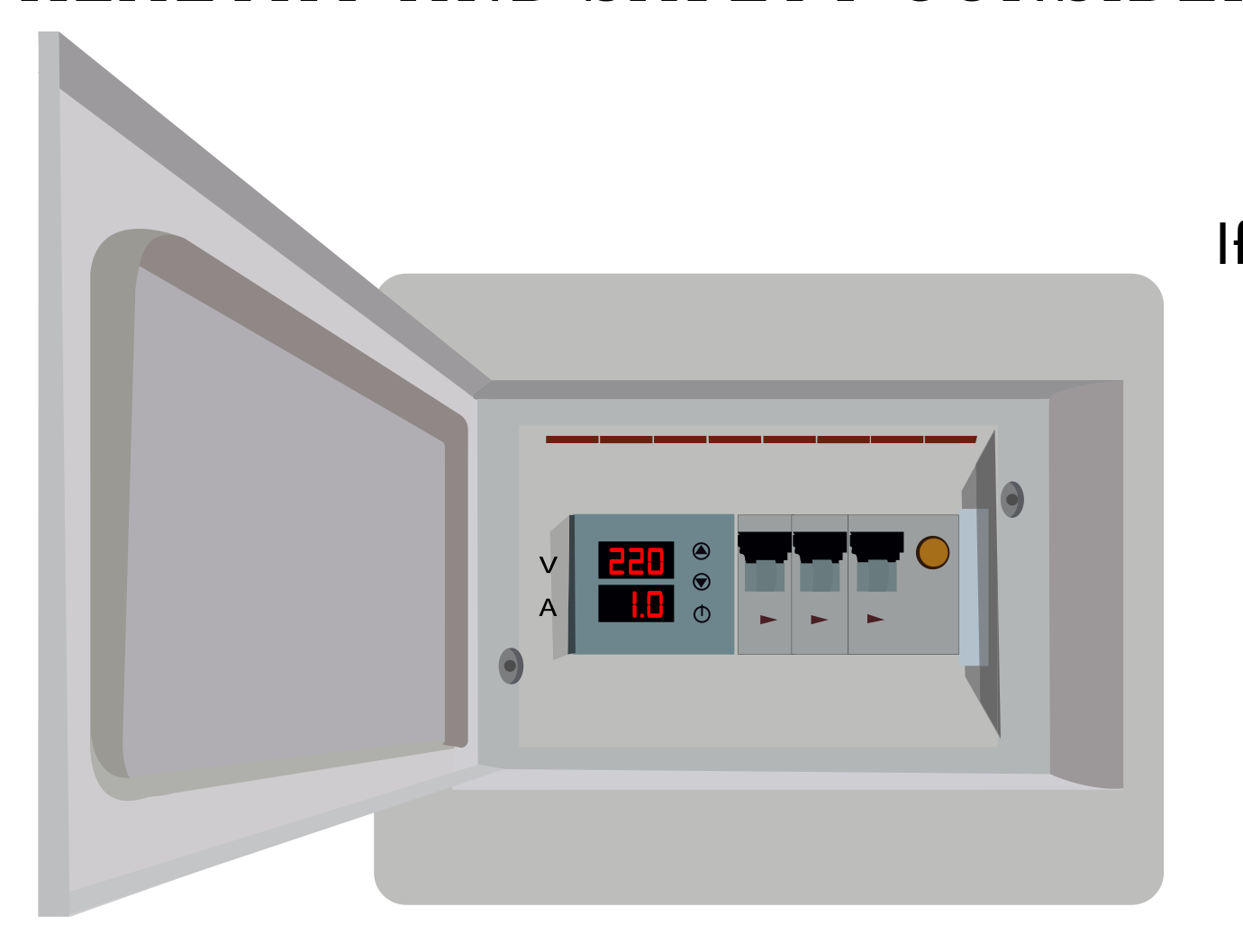
If there is a dedicated heating circuit and a fused
switch unit (FSU) to isolate the power, then you
do not have to be electrically qualified to install
a new heating device.
However, electricity can be dangerous and so if
you are a complete novice, and have no
experience of electrical work, it is best left to a
professional.
If your property requires re-wiring or a new circuit breaker fitted, this must
be undertaken by a suitably qualified electrician to Part P & 18th Edition Regulations BS7671.
Do not attempt this yourself.
THE DANGERS OF PANEL HEATERS
Many panel heaters, radiators and radiant panels have a safety warning stating ‘Do Not Cover’. This is because they use a heating element with a fixed resistance; that is their heat output stays constant whether or not the heat is being taken away. This means that if it is covered over by clothes or curtains then the heater can overheat, potentially damaging the heater and in certain circumstances starting a fire.

SELF REGULATING SYSTEMS ARE SAFER
Skirting heating and UFH usually uses a heating element either low voltage or with a variable heat output that adjusts as the temperature rises with the electrical resistance increasing as the heating element gets hotter. These then are called ‘self regulating’ in that they cannot overheat to the point of failure or ignition of materials. This can help the towards the property or buildings fire counter measures.
Maintenance & Reliability
HOW ELECTRICAL SYSTEMS STACK UP OVER THE YEARS
As discussed at the beginning, electrical heating elements create heat via the natural resistance of the material, and the excitation of their molecular structure creating vibration and thus heat. This is a destructive process, and eventually all resistive materials break down and fail.
Depending on the quality of the heating element used, this failure could be 2 years, 5 years 10 years or 20 years; it is impossible to know for certain as this molecular breakdown rate is dependent on a number of factors including how many hours of use. Clearly replacing a cheap panel heater after 2 years is more of an inconvenience than a capital cost, but if you are employing a qualified tradesman the cost of the installation is likely to be much more than the cost of the heater.
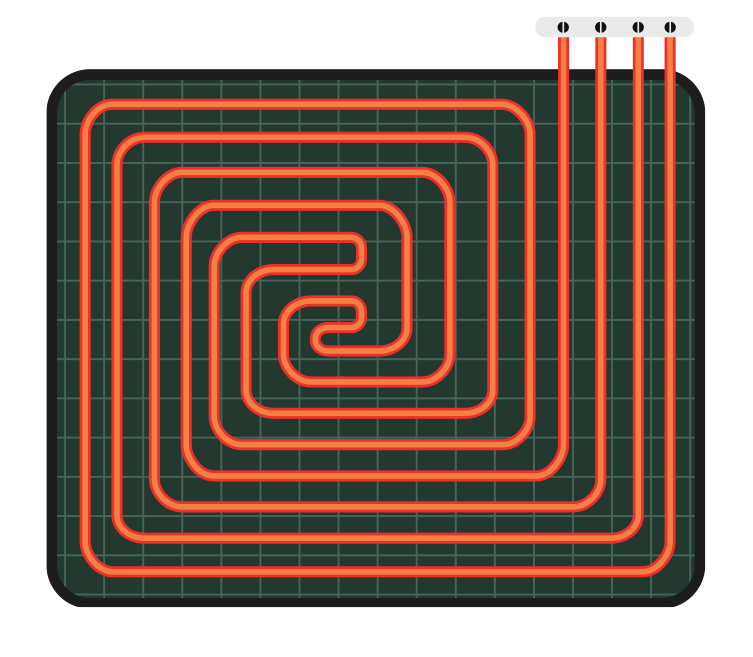
REPLACING ELECTRICAL UNDERFLOOR HEATING IS EXPENSIVE
In the case of underfloor heating, replacing a failed electrical heating cable is practically impossible as well as prohibitively expensive. If you are fitting electrical UFH in your own home, it is wise to buy the best and with the longest warranty (check the Ts&Cs as a parts-only replacement is not much use if your tiled floor has to come up). In most cases, electric underfloor is uneconomical to repair and thus panel heaters or skirting heating is usually installed as a replacement.
Electric radiators and skirting heating usually have a replaceable heating cartridge or cable element that means that repairs even after 10 or 15 years service is straightforward.
TOP TIP: Electrical heaters have few if any moving parts, are stand alone and not interconnected (unlike a central heating system) and cannot suffer from leaks and pressure loss, nor require a boiler service. As a result, many developers and property rental companies are opting for direct electric heating
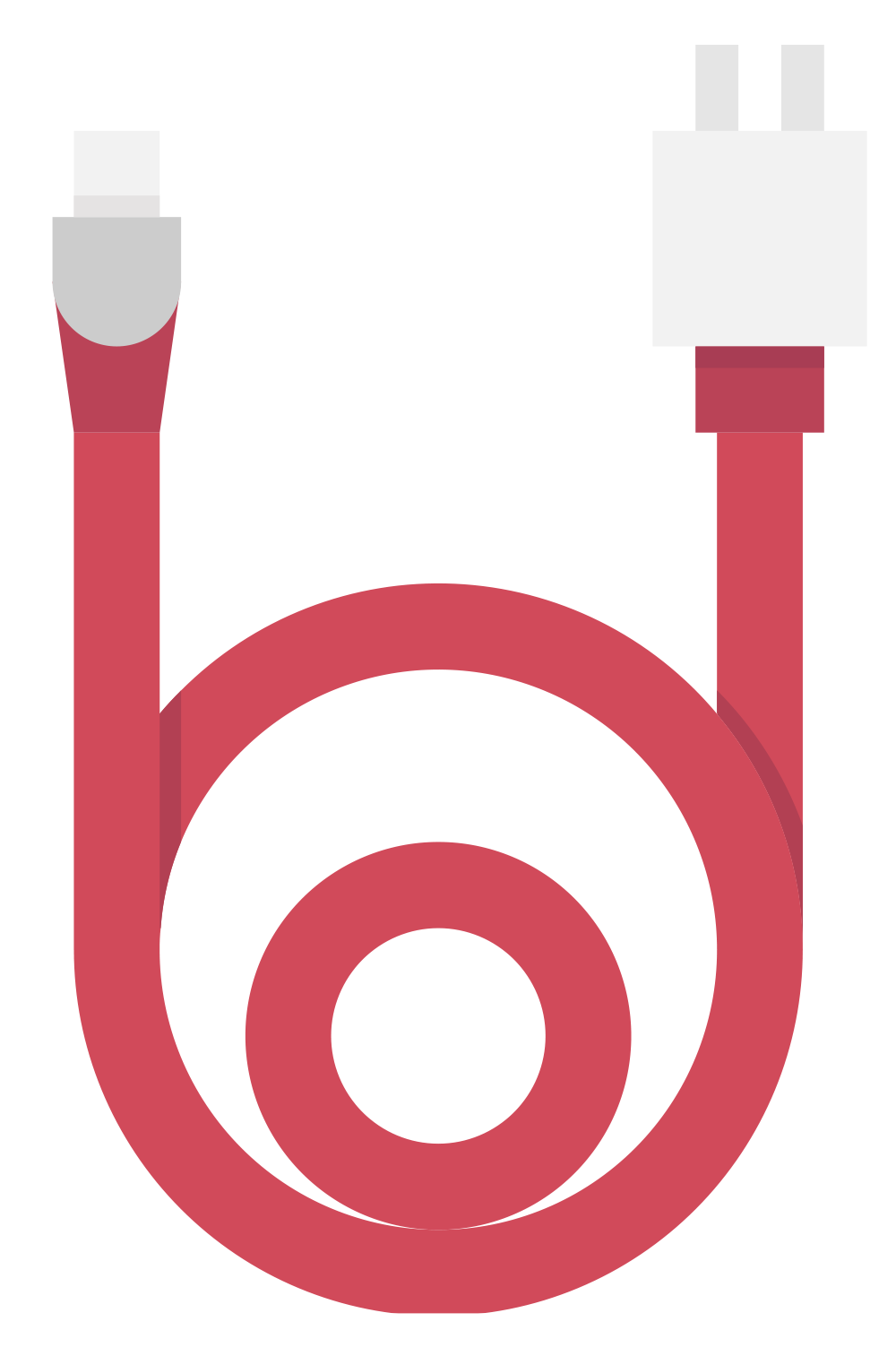
SUMMARY
- Electrical heating is clean, convenient and in most cases an instant source of heat.
- Power can be provided by the grid, but also supplemented by solar energy to reduce running costs.
- Running costs are higher than for mains gas and heat pumps currently, so is best suited to well insulated properties with low heat demand
- Maintenance costs are lower than for a wet central heating system, both gas and heat pump powered
- Reliability and repairability may be a factor when considering underfloor heating vs wall or floor mounted emitters such as panel heaters and skirting heating.
- Safety is paramount both electrically and for fire prevention so check the Safety information in the manufacturers literature
- SAP10 & the Future Homes Standard makes direct electric heating more acceptable due to the reduction of CO2 in the grid generation by the use of renewables
- LOT20 Controls are vital to reduce waste and thus reduce energy bills.
- Any new electrical heating circuits should be installed and/or checked by a suitably qualified electrician to 18th Edition regulations BS 7671

DiscreteHeat can assist with your understanding traditional and electric heating strategies, offering a range of solutions.
